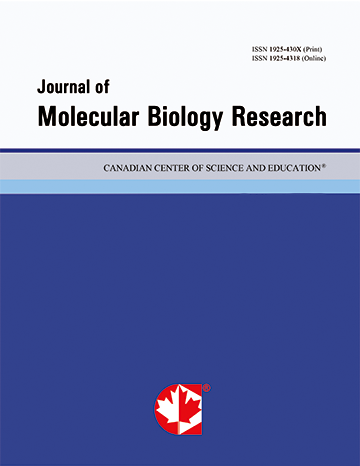Inference of Specific Gene Regulation by Environmental Chemicals in Human Embryonic Stem Cells
- Sachiyo Aburatani
- Wataru Fujibuchi
Abstract
We are exposed to many environmental chemicals in our daily life. Certain chemicals threaten our health, especially that of embryos and can cause serious developmental problems. To prevent abnormal development and diseases caused by chemicals, it is important to clarify the mechanisms of chemical toxicity in embryonic cells. The gene regulatory network is one of the useful methods for clarifying functional mechanisms in living cells, so we applied a statistical method to infer the gene regulatory network in human embryonic stem cells. In this study, we improved our previously developed SEM approach for inferring a network model from 9 gene expression profiles in human embryonic stem cells, which were exposed to various chemicals. The estimated regulatory models clarified the differences between chemicals, and the shapes of the inferred models reflected the features of the chemical toxicities. The toxicity of acrylamide affected neuronal cell-related genes, while that of diethylnitrosamine disturbed cell differentiation-related genes. On the other hand, the TCDD network reflected feedback regulation, and finally disturbed neuronal cell-related genes. In the Thalidomide network, cell differentiation genes related to axis formation in embyronic cells were affected by thalidomide toxicity.
 PDF
PDF
